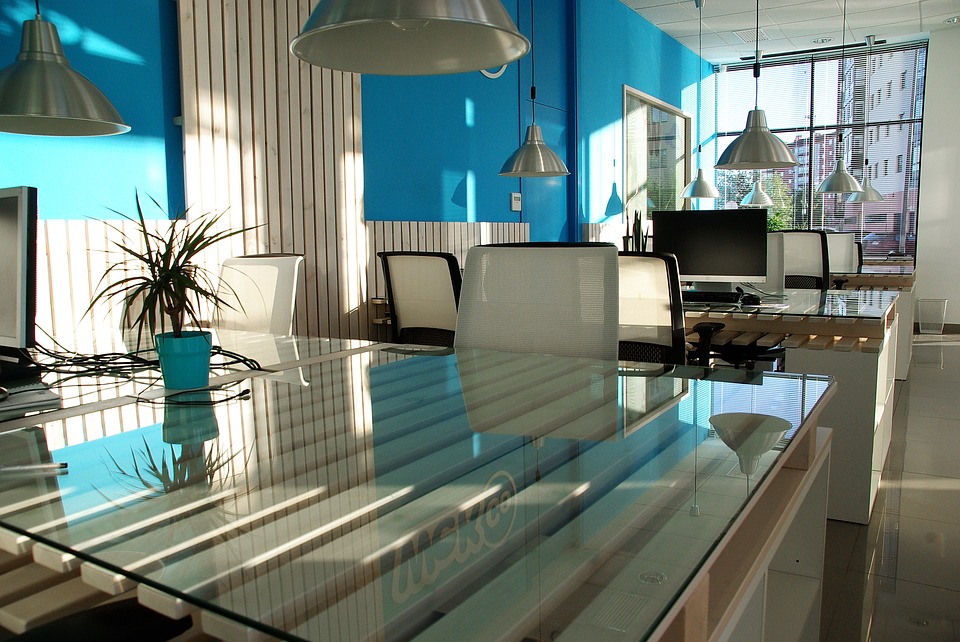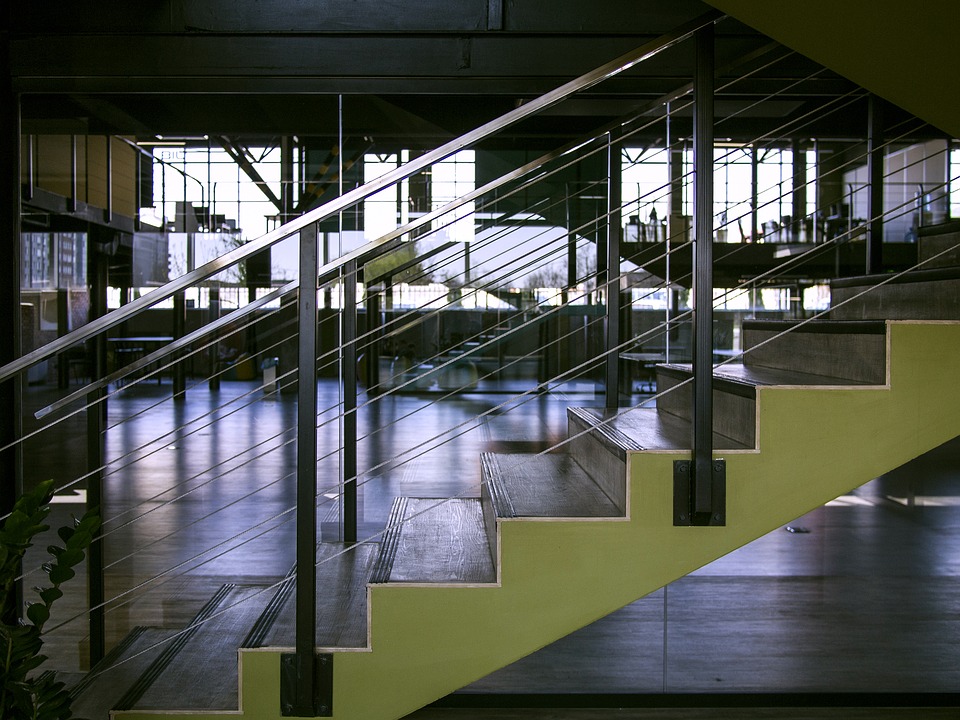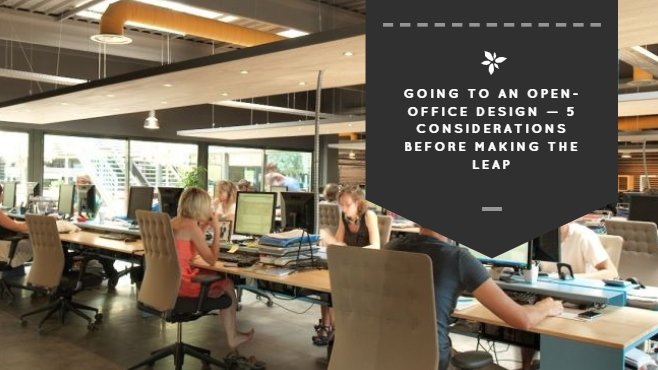In the last decades, more companies (particularly in the tech space) have started to embrace new office design trends that buck conventional wisdom. Throughout the history of the modern office, it has been commonplace for employees to use cubicles to section office areas within the office, providing them with their own personal space. Open office designs ditch the cubicle and embrace the open air and an atmosphere of collaboration.
While an open office design might not be the best choice for every business, there are some real benefits to choosing it. To start, the open office environment makes it easy for employees to communicate, build rapport, and collaborate on projects. It gives your company a modern feeling that may help you to attract young millennial talent that is looking for a unique work experience.
However, open office designs come with their disadvantages as well. They certainly aren’t the office design of choice for introverts and can be distracting in some circumstances. It is important that you make the decision with the disadvantages in mind as well as the benefits, so you can find a happy medium that results in a happy, more productive workplace.
Before making the leap into an open office design, take these considerations into account:
Use Feedback to Inform Your New Layout
Ultimately it is your employees that are going to have to work in an open office environment once you make the switch. To make the change without reaching out for feedback could foster resentment, so keep your teams in the loop as you evaluate the decision.
Use surveys and personal conversations to get an idea of the biggest worries of your staff before making the switch. Understand what is important to them in an office environment. What do they like about the current setup? What do they feel an open office environment would bring to the table? You may find that after interviewing your team that the switch isn’t in your best interests, or you may get a few ideas that you otherwise would not have considered.
A Quiet Space is Still a Necessity

One of the biggest issues that companies run into after switching to an open office design is noise. An open office design really lets noise travel, which can be distracting. This is especially true in offices where phone calls are coming in and going out all day long. That, on top of the conversations that employees will be having amongst themselves, can actually have an adverse effect on your employee’s productivity.
All companies with an open office design should provide quiet spaces for their employees to work or make calls in if they choose to. Remember that not all of your employees are going to be social butterflies. Some people are just naturally more introverted, and those people may have certain issues with an open office environment. Providing a room or some booths for people to work in silence can be a great way to find balance and get the best of both worlds.
Outline New Rules and Policies In Advance, Be Open to Change
When you move to an open office design, there are going to be certain rules that are going to have to change to facilitate a productive environment. Because conversations, phone calls, music, and general noise can be quite distracting, you’ll have to find that happy balance between open office and more traditional designs.
When you make the change, you’ll run into issues that you never expected. That is natural. However, try to prepare for the change as best you can by outlining policies that you would like to install ahead of time so that you don’t find yourself scrambling after making the switch. Simple changes like requiring that employees use a designated room to make long phone calls, specific quiet-times for busy work, and seating policies are all important considerations before moving to an open-air office design.
Adjacency Plays a Key Role In Office Reception

One of the most important considerations before making the change will be seating arrangements. While it might feel like you are micromanaging high schoolers, the fact of the matter is that people want to sit next to their friends if they can. Finding the right balance is important. Most open office environments structure their office by teams, while others leave it up to the employees to decide. However, your assigned seating will work, make sure that you take feedback into account and have a plan in place before making the change.
Design with Expansion In Mind
One of the biggest benefits of an open office environment is the fact that you’ll get more out of the space that you lease without all of the desks, dividers, and excess obstructions that come with a normal office environment. You’ll have more space. However, you should design your open office layout with expansion in mind. As more people come into the office, you’ll have to find logical places to put them. If you design only for the employees that you currently have, you may find it difficult to get your new employees placed with their teams in an open office environment.
The Modern Office and Open Office Designs
Open-air office designs have become a trend in modern tech offices around the world. There are both upsides and downsides to choosing this kind of design, and finding the right balance can help you to benefit from the best of both choices. However, there are many things that you need to consider before making the move to ensure it is the right choice for your company and employees. An open office design can be a huge attraction to some employees. It can also create a close-knit workforce that enjoys coming to work. But, there are definitely some downsides in some circumstances. By working with your teams to collect feedback and find a solution that works for your office is important for the long-term success of an open office.

